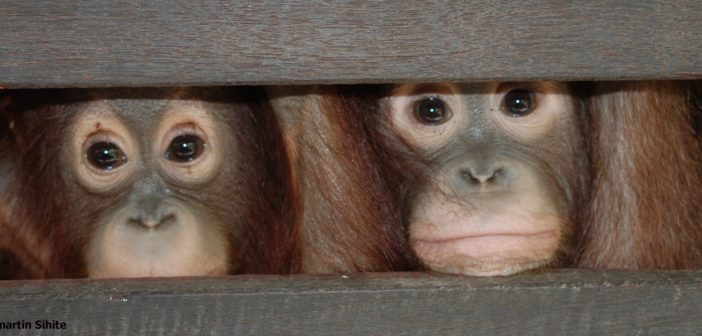Some 900,000 pangolins trafficked globally with significant proportions linked to Southeast Asia, over 200 tonnes of African elephant ivory and 100,000 pig-nosed turtles seized in recent years: the scale of wildlife trafficking in Southeast Asia is incredible and a renewed game plan is needed to combat it, says a new report released yesterday.
View the full report here (pdf).
In assessing the trafficking and illegal wildlife trade from the turn of the century, Southeast Asia: At the heart of wildlife trade shows just how persistent the problem has been.
Authors also noted that the statistics, though remarkable, comprised only seizures and showed just a fraction of the true magnitude of illegal wildlife trade in the region.
The study recognized and analyzed thousands of successful seizures across ten countries in Southeast Asia (the ASEAN countries) in recent years, focusing on some of the most traded groups of terrestrial animals. It revealed, among others:
- The seizure of about 225,000 kg of African elephant (Loxodonta africana) ivory implicating Cambodia, Indonesia, Lao People’s Democratic Republic (PDR), Malaysia, Myanmar, Philippines, Singapore, Thailand, and Viet Nam over the period 2008–2019;
- The trafficking of an estimated 895,000 pangolins globally from 2000–2019, while over 96,000 kg of pangolin scales mostly of African species were seized from 2017–2019 across Malaysia, Singapore, and Viet Nam, representing about 94% of the total quantity of scales confiscated in Southeast Asia during this period.
- The seizure of 100,000 pig-nosed turtles (Carettochelys insculpta) in Indonesia from 2003–2019;
- Over 45,000 songbirds seized just in Sumatra and Java from 2018–2019;
- Over 6,000 Indian star tortoises (Geochelone elegans) – originating from South Asia – seized in just 10 incidents in 2017 alone, with all of them heading to either Malaysia, Thailand or Singapore;
- Over 3,800 bear equivalents seized in Asia, implicating almost all Southeast Asian countries, from 2000–2016.
Populations of all the species studied are known to have been impacted by ongoing and relentless trafficking.
“Not a day goes by without a wildlife seizure taking place in Southeast Asia, and all too often in volumes that are jaw dropping. Seizures are certainly commendable, but what must be eradicated are the many basic enabling factors that drive and fuel illegal trade.”
Kanitha Krishnasamy, Director for TRAFFIC in Southeast Asia
The study highlights the region’s major issues that continue to allow illegal trade to thrive, including the existence of organized criminal networks moving wildlife contraband, poor conviction rates, inadequate laws, and poor regulation of markets and retail outlets. Many of the latter have continued openly selling illicit wildlife despite years of evidence detailing the magnitude of the illegal trade.
Wildlife cybercrime, as well as challenges that have persisted over time such as pervasive corruption, a lack of political will and continued consumer demand for wildlife, were also examined in the report.
The study also profiled the 10 Southeast Asian countries, summarizing pressing local circumstances that enable illegal and unsustainable trade. The profiles propose a range of solutions to counter challenges to reduce the prevalence of illegal trade coming to or through the region.

“This assessment shows the close links between ASEAN countries and the wider world. The region is source, consumer and transit personified. Only political will at all levels of government and a willingness to act will break the grip of illegal trade chains and networks,” said Krishnasamy.
Poor regulation of legal commercial wildlife trade also contributed to the region’s illicit trade problem, said the authors, who cited the example of wild animals being laundered as captive bred as an issue of concern.
“This body of work reinforces the position and significance of Southeast Asia’s footprint on biodiversity use and management,” said Monica Zavagli, Senior Officer for the Wildlife Trafficking, Response, Assessment and Priority Setting (TRAPS) Project. “Some positive changes have taken place in just the last couple of years – this momentum must be built upon,” said Zavagli.
Southeast Asia: At the heart of wildlife trade was enabled with the support from the American people delivered through the U.S. Agency for International Development (USAID), through the Wildlife TRAPS project.
In a hurry? Here’s a short video overview.
Featured image: a pair of young orangutans seized from the illegal wildlife trade in Indonesia. Image credit Jamartin Sihite, CC BY-SA 2.0.





